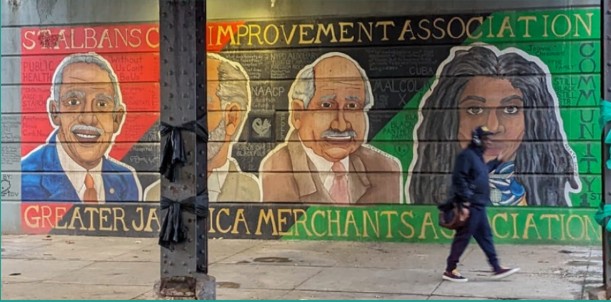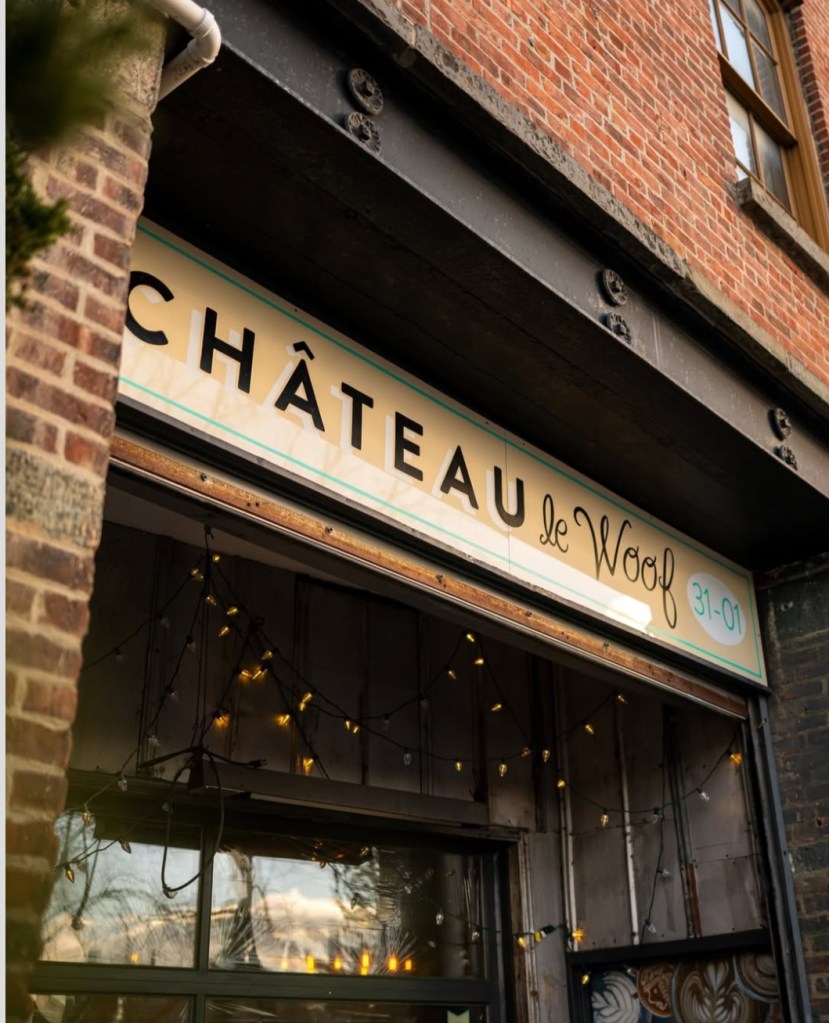During the American Revolution, patriotic parishioners decided to rework the…
By Alexander Dworkowitz
In a display case at the Gothic revival St. George’s Church on Main Street, a book from 1754 contains a prayer to the British royal family. But the prayer has been crossed out.
During the American Revolution, patriotic parishioners decided to rework the book.
Unlike their predecessors more than two centuries ago, worshipers at St. George’s this week had no desire to strike out against the British influence on the church. Instead, they gathered to celebrate the Episcopal church’s 300th anniversary.
“In the United States, we are one of the older congregations and vibrant,” said the Rev. Canon Edmund Der, the spiritual leader of the church. “Look at the energy level. We are a living community.”
A series of events this past week marked the culmination of the church’s anniversary. On Friday, the church held a dinner dance at the Astoria World Manner. The next day the church held a concert of sacred choral music, Spanish songs, Chinese Kunqu, a form of opera more than five centuries old. On Tuesday, the church hosted a tercentenary festival Eucharist.
Organized as a mission of the Church of England, St. George’s first meetings were held in Flushing in 1702. A charter officially established the church in 1761, the first year of the reign of King George III. But after the Revolutionary War broke out in 1776, St. George’s moved away from its English roots, becoming an Episcopal Church of the State of New York in 1793 and freeing itself from British control.
St. George’s Church is the second oldest Episcopal Church in New York City. The first St. George’s Church was built in 1745. Construction on the current church was not begun until a century later, and the structure continued to expand in the 20th century, with the last addition built in 1930.
The main body of the church was constructed in a revival Gothic style, modeled after Gothic churches constructed in Europe in the Middle Ages.
“It basically was a return to the medieval precedents,” said Mitchell Grubler, executive director of the Queens Historical Society. “They felt that having an architecture based on medieval church design would be true to the Episcopal liturgy.”
St. George’s was granted landmark status in 2000 by the City Landmarks Commission, which means the building can never be torn down.
But for many, the inspiration of the church comes from the parishioners themselves.
“I like the church not because of the structure of the church,” said Cynthia Vernon, who was born in Jamaica and came to Flushing in 1976. “I like the church for what it offers me: solace and contentment.”
The congregation has adapted to the dramatic changes in Flushing, said Peter Ward, treasurer of the church.
“It used to be a community church,” said Ward, who met his future wife at St. George’s. “Now it’s a downtown city church.”
St. George currently conducts services in three languages, English, Spanish and Mandarin Chinese. The services are well attended by the roughly 600 members of the church, said Der.
“In our worship we have different styles,” said Der, who conducts both the English and Chinese ceremonies. “The Spanish mass is very much South American. The Chinese mass is more Asian- minded and less vivacious than the Spanish and more solemn. The English service is very British.”
The official celebration is drawing to a close for the church, with one final tercentenary organ concert slated for May 12.
But the renovation of the church continues. St. George’s is spending $340,000 to clean and reinforce the frames of its stained glass windows. About 30 windows, including some as tall as four stories, will be repaired, said Der.
Like many other Episcopal churches, St. George’s has suffered from declining membership. Der said that by catering to Flushing’s new immigrants, however, the church has managed to stay afloat.
“We take great pride in that we are not a church that keeps to itself,” Der said.
Though proud of the accomplishment, Der put the church’s celebration in perspective.
“Compared to churches in Europe that last 1,500 years, we are young, very young.”
Reach reporter Alexander Dworkowitz by e-mail at Timesledger@aol.com or call 229-0300, Ext. 141.





























